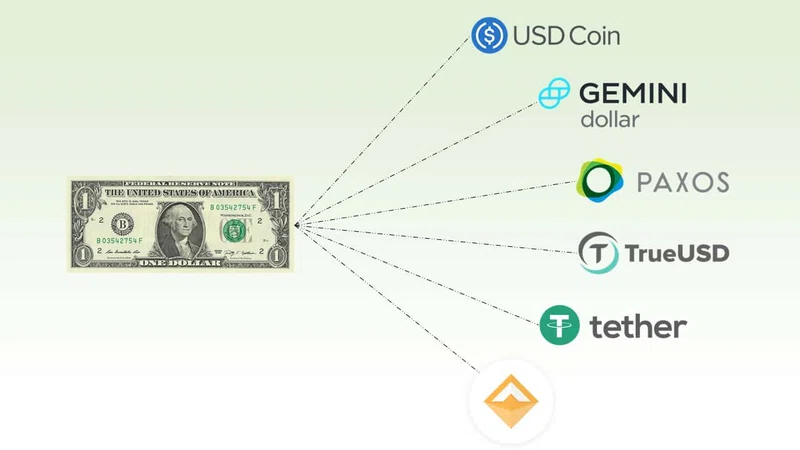Price comparison websites have fundamentally changed how we perceive and buy insurance. When customers purchase insurance policies, they typically visit price comparison sites first, not least because of the power of their marketing.
The four major UK sites (Moneysupermarket, GoCompare, Confused.com and Comparethemarket) collectively spend more than £150 million a year on traditional media advertising. They also spend many millions on other forms of marketing such as Search Engine Optimisation.
In the past, these sites have funnelled 40 per cent of home insurance sales and 55 per cent of motor insurance sales. Price comparison sites began taking the place of brokers that used to do the same thing – compare prices on the market to find the best deals for customers, depending on their specific requirements for an insurance policy.
As the price comparison sites grew, so did the culture of customers focussing on finding the most cost-effective insurance policy. But the drive to push price down led to lower standards of service, with insurers reducing cover, increasing excesses and cutting costs spent on customer service. Insurers reacted to the consumer’s focus on price by trying to offer the lowest cost possible, which was fine for consumers until something went wrong.
Service matters
When things did go wrong, customers inevitably noticed the decrease in service levels. Unhappy customers vote with their feet, so, people moved away, over time, from a wholly price-focus. As other factors – such as service and size of excess – became important, so the price comparison sites started including additional information based on non-price factors such as whether the company had a UK call centre. Some insurers avoid the price comparison sites altogether. So, have price comparison sites peaked as illustrated by the fact that stock in the publicly listed company Moneysupermarket hit a six-year low in September?
The recent FCA legislation introduced to offer renewing customers the same price as new customers will change the market dynamics further. The new regulations mean renewal quotes for existing customers must not be more expensive than quotes for new customers.
The regulations aim to protect insurance customers from so called “loyalty penalties”, as many firms routinely raise prices for existing customers each year when they renew policies. According to the FCA, these measures will save consumers £4.2 billion over ten years.
Lessons for insurers
The pet market is one of the fastest growing and most innovative markets for insurance – with huge growth potential, particularly in the US. During the coronavirus lockdowns of 2020 there was an unprecedented buying spree of pets. According to Dogs Trust, internet searches for ‘buy a puppy’ increased 120 percent during the first month of restrictions. The Pet Food Manufacturer’s Association suggests that 3.2 million households in the UK have acquired a pet in lockdown. The result is that there are now around 17 million UK homes with a furry friend.
Despite this growth, only around 25 per cent of UK pet owners currently have pet insurance. In the US Less than three percent of pets are currently covered by insurance compared with an average of 20 per cent across European markets, according to IBISWorld.
Recent innovations in the pet insurance market have included lifetime cover. A bit like a fixed-rate mortgage, it provides a predictable cost for people taking out pet insurance, so policies do not rise over time to unaffordable levels. Other pet insurance companies are looking to the power of big data to help drive competitive advantage.
As more information on pets, their susceptible conditions and long-term costs is gathered, insurers can make better decisions on pricing products. This will not only allow current pet insurers to offer more comprehensive and better value insurance to current customers, but new insurers could also offer cover for pre-existing conditions at a fairer and more competitive rate.
These factors offer improve choice and service for consumers in the pet insurance market. The positive outcomes here for consumers may well be noticed by companies in other insurance markets as they seek to innovate to gain competitive advantages that will help their businesses succeed.













